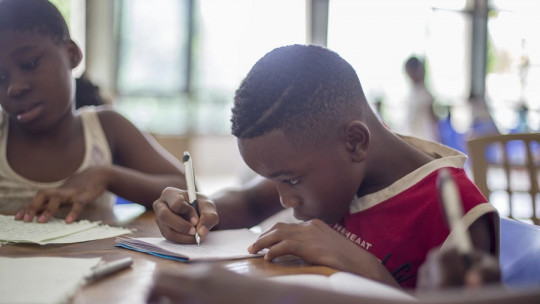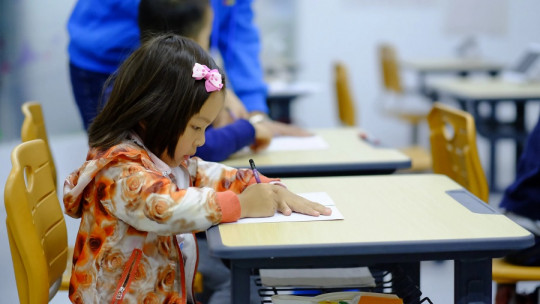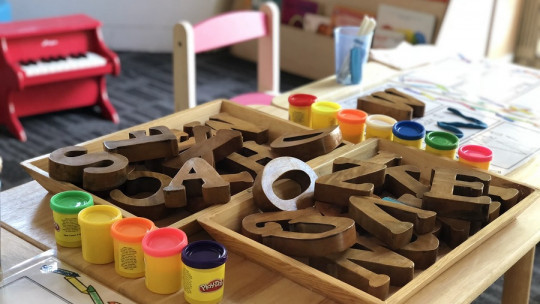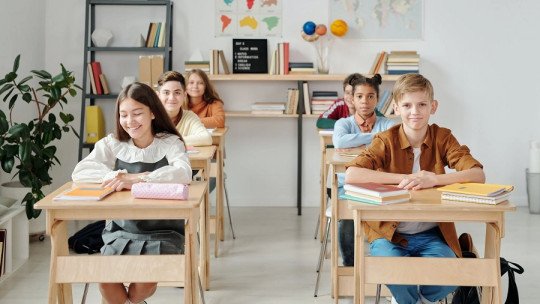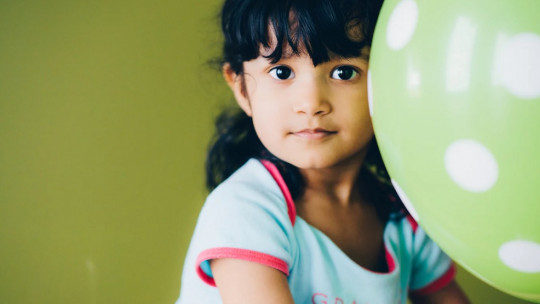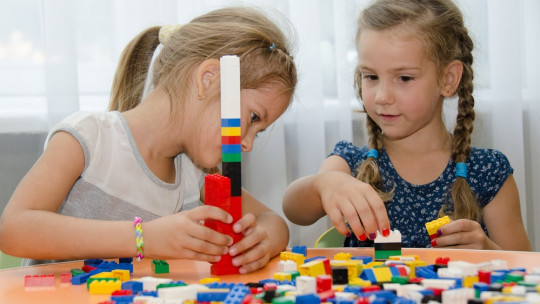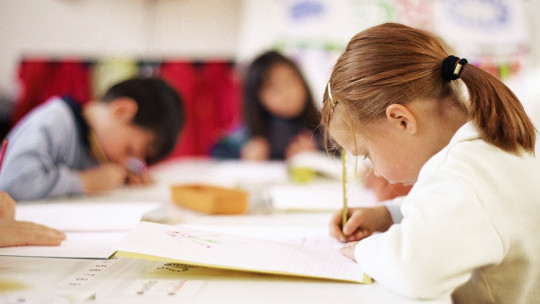
The ability of people to assimilate the information around them through observation, study and experience is known as learning. But this learning capacity is not the same in all people.
The learning styles model created by David Kolb It distinguishes four typologies of learning according to the way in which people prefer to deal with information from their environment. Below we describe this model and explain its possible limitations.
Features of the Kolb model
In 1984, the American psychologist David A. Kolb designed a model on learning styles in which it was theorized that there are three major agents that modulate the learning styles of each person. These three agents are genetics, life experiences and the demands of our environment.
Over time, this model has become one of the most widely recognized and widely used assumptions about learning today.
According to the learning style model developed by Kolb, when a person wants to learn something, they must process and work on the information they collect. For this information processing to be carried out optimally, four phases must be completed different. They are the following.
1. Concrete experience (CE)
Immediate and specific experiences must take place that give rise to observation.
2. Reflective observation (OR)
The person reflects on what they are observing and develops a series of general hypotheses about what the information received can mean.
3. Abstract conceptualization (AC)
Next, As a result of these hypotheses, abstract concepts are formed and generalizations.
4. Active experimentation (EA)
Finally, the person experiment or practice with these concepts in other contexts or situations
When the person finishes all these stages of the process, the sequence restarts to continue acquiring more knowledge and information.
The types of students
The reality is that people tend to specialize in one or two of the four phases we have seen. Since Kolb warned of this fact, developed four typologies of students according to the way in which they prefer to work with information
These students are classified as:
These categories, which will be explained one by one in the next point, refer to the type of learning in which a person specializes. Depending on the category it is in, it will be easier or more difficult for you to assimilate the information, this will depend on the way in which it is presented and how you work in the classroom.
Taking into account these four phases and the concept of specialization, it would be necessary for educators to present the information for each of the subjects in such a way as to ensure that they are covering all the phases of Kolb’s model. This would facilitate the learning of each and every one of the students regardless of the phase in which they are and, in addition, the phases in which they are less specialized will be reinforced.
The current educational system does not usually take this into account, giving more value and prioritizing the conceptualization and theorization phase. This occurs especially at the secondary and higher education levels, where the most theoretical students are favored at the expense of the most pragmatic ones; except for some specific subjects.
Kolb’s learning style
As described above, Kolb develops a classification of learning styles according to the preferences that students have when handling and assimilating the information presented to them.
1. Active or divergent students
Distinctive characteristics of active or divergent learners include a complete involvement and commitment without any type of prejudice These people tend to make the most of the moment and tend to give themselves over to events.
They feel excited about any type of new activity to which they surrender completely. However, they tend to get bored easily, so the moment they lose interest in one they will start with a different one.
Another point that defines these people is that they tend to act before thinking through the consequences.
They learn best when
They learn worse when
- When they are long-term activities.
- They have a passive role in the activity
- They must assimilate, analyze and interpret data.
- They have to work alone.
2. Reflective or assimilating students
These students are characterized by observe events and process information from many different points of view Their specialty is collecting information and examining it thoroughly before making their hypotheses.
Their way of working forces them to be cautious with their conclusions, analyzing all the consequences of his actions before carrying them out. They always observe, attend and pay attention to all the details before making any contribution.
They learn best when
- When they can carefully observe the information around them.
- When they are offered time to analyze and reflect before acting
- When they can go unnoticed.
Learn worse when
- They are forced to take center stage or be the center of attention.
- When they are not given enough time to complete a task.
- When they are forced to act without thinking first
3. Theoretical or convergent students
This third type of students tends to accommodate and integrate information, turning it into complex theories and with solid fundamental logic His thinking is organized sequentially, going through a series of steps before generating any type of conclusion.
They tend to examine and summarize all information, and value logic and reason above all, which is why they feel disoriented when faced with activities that do not have obvious logic and subjective judgments.
They learn best when
- They present objective models, theories and systems.
- When the activity is challenging.
- When they can investigate and track information
They learn worse when
- They are presented with imprecise, confusing or uncertain activities.
- Very subjective or emotional activities
- When they have to work without a theoretical framework of reference.
4. Pragmatic or accommodating students
pragmatic students they feel comfortable putting new knowledge into practice, the theories and techniques that they learn. They dislike having to debate these theories or have to continually reflect on the information presented to them.
In short, they are practical, realistic people, with great problem-solving skills and who always look for the best way to do things.
They learn best when
They are offered activities in which they can relate theories to practical situations.
When they can observe how an activity is carried out When they can put into practice what they must learn.
They learn worse when
- When abstract activities are presented that do not relate to reality.
- When the activity does not have an established purpose.
- When they cannot relate information to practical situations.
Criticisms of Kolb’s model
This model has been widely criticized by those who argue that there is very little evidence to support the existence of these styles. A large-scale review of this model concluded that There was not enough research or empirical evidence to support the existence of these styles
Likewise, his detractors insist that Kolb did not take into account how culture and context shape the learning process

